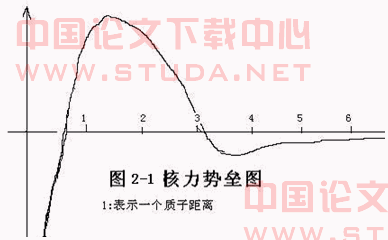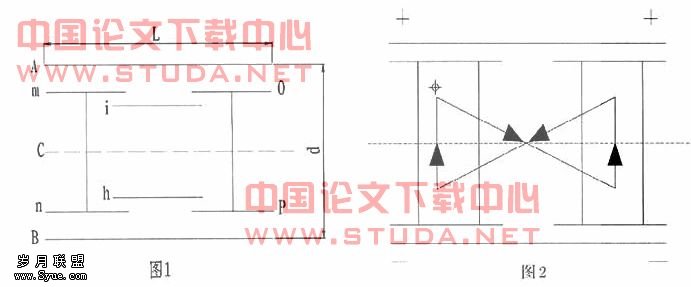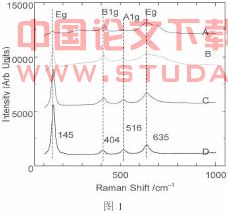测定电源电动势和内阻常见电路的误差分析
来源:岁月联盟
时间:2014-10-15
1. 电流表外接法

点评:分析有, , .测量结果和第一类相同。同理,电表选大量程系统误差小,但偶然误差大。综合考虑应选量程适当小的电表测量精度高。滑动变阻器应选全电阻小的,这样可以保证接入电路的电阻不会太大,致使电路中的电流太小,电表指针偏转不灵敏,不便测量。同时,阻值小的滑动变阻器比阻值大的滑动变阻器在改变电阻时差值小,测量数据多,便于用求平均值的方法减小偶然误差。
2. 电流表内接法
参考文献:
[1]邓明波.“测定电源电动势和内阻”实验的误差分析[J].新课程学习(中),2011(3).
[2]谢学俊,王绍杰.测电源电动势和内阻的典型实验方法的误差分析[J].高中数理化,2010(2).
[3]蓝崇浩.例谈“测量电源电动势和内阻”的几种变化[J].文理导航(中旬),2010(6).
作者单位:甘肃武威第十五中学 733000
Error Analysis of Common Circuits for Measuring Electromotive Force and Internal Resistance
GAO Jiazhen
Abstract: In physics teaching, many computational problems require accuracy, while teachers and students always have errors in problem-solving. This paper makes an error analysis of common circuits for measuring electromotive force and internal resistance in physics teaching.
Key words: physics; errors; fixed resistance measurement; slide rheostat measurement; ampere meter
上一篇:“变式”在初中物理教学中的应用
下一篇:专题地图的特征及编辑设计




